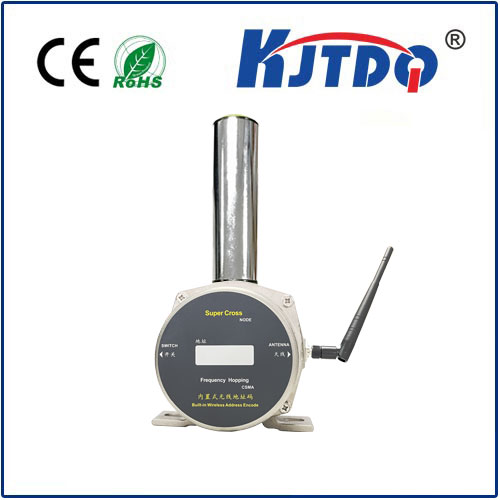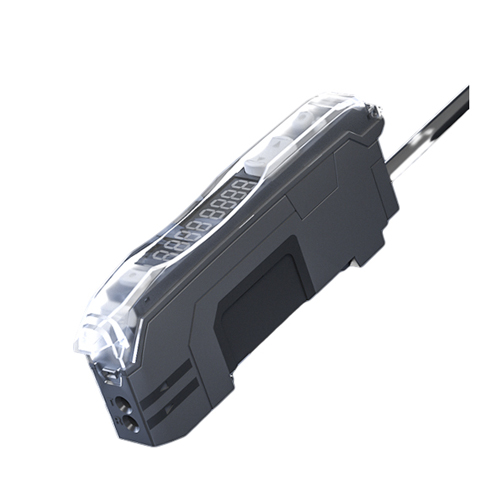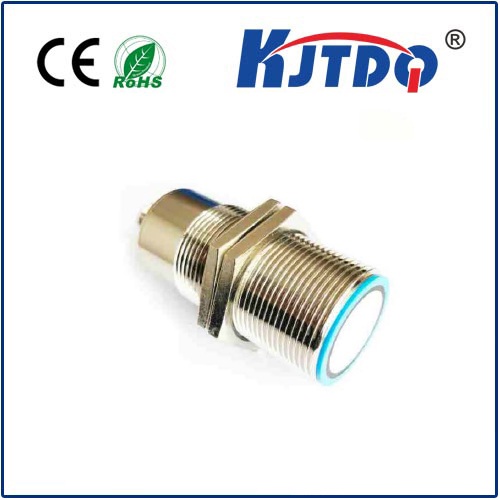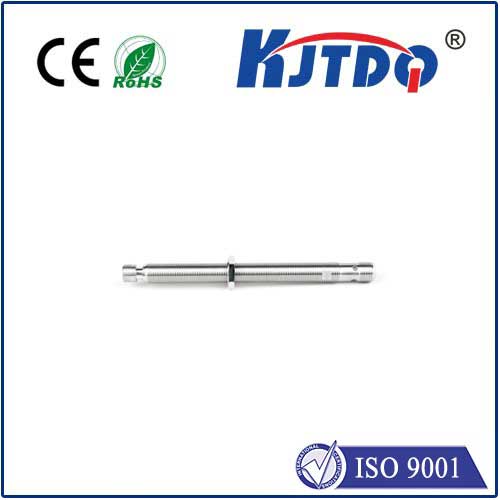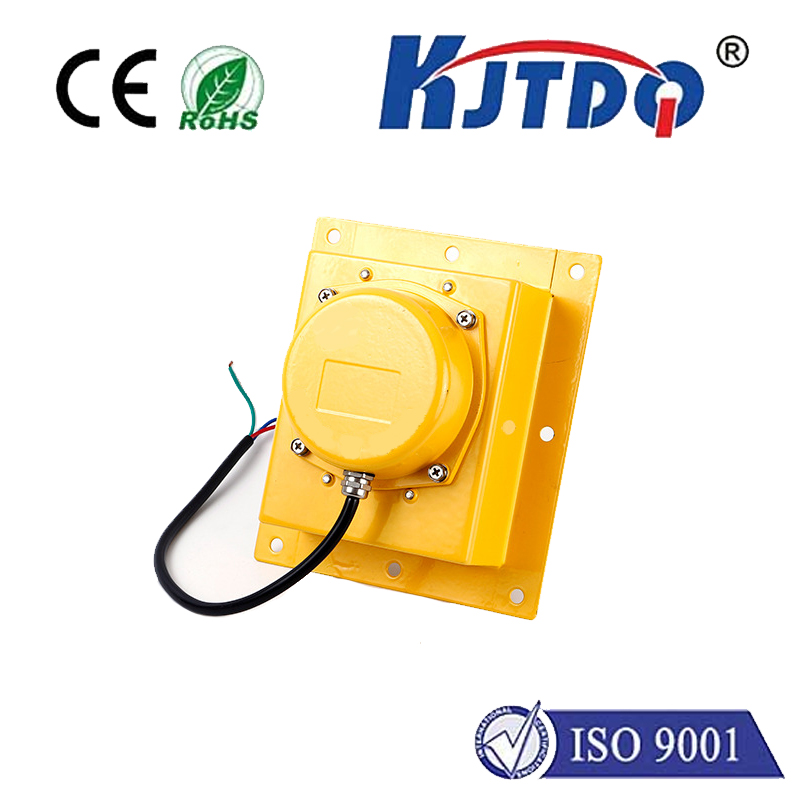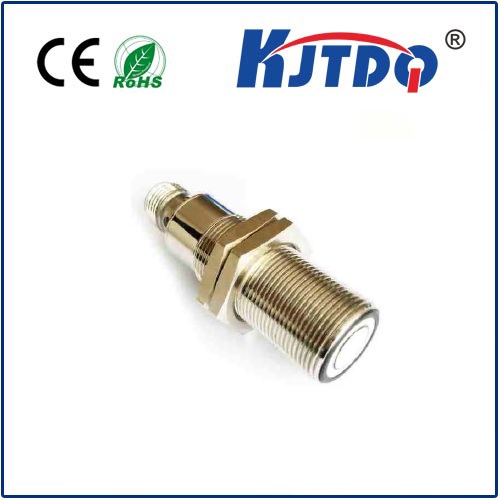2 - проводной индукционный датчик приближения
- time:2025-09-08 01:33:51
- Нажмите:0
The Power of Simplicity: Understanding 2-Wire Inductive Proximity Sensors in Automation
Imagine streamlining your control panel wiring, reducing component count, and simplifying installation – all while maintaining robust metal detection capabilities. That’s the core promise of the 2-wire inductive proximity sensor. Often overshadowed by their 3-wire counterparts, these workhorses offer a uniquely straightforward solution for countless industrial automation tasks. If you’ve ever grappled with complex wiring harnesses or needed a cost-effective, reliable sensor for straightforward presence detection, understanding the 2-wire variant is essential.
So, What Exactly Is a 2-Wire Inductive Proximity Sensor?
At its heart, it’s a non-contact electronic sensor designed to detect the presence of ferrous (iron-based) and often non-ferrous metallic objects (like aluminum, copper, brass) without physical touch. Unlike photoelectric sensors that rely on light beams, inductive sensors generate an electromagnetic field. When a metal target enters this field, it induces tiny electrical currents (eddy currents) within the target. The sensor detects the resulting disturbance in its own electromagnetic field and triggers its output.
The defining characteristic – and the source of its name – is its simplified wiring topology. A 2-wire sensor connects directly into the load circuit using just two wires. These two wires serve the dual purpose of providing power to the sensor and carrying the switching signal from the sensor back to the controller (like a PLC) or directly to a device (like a relay or indicator lamp). This contrasts sharply with 3-wire sensors, which have separate wires for power supply positive, power supply negative (common), and the switched output signal.
How Does It Actually Work? Simplified Operation

Think of the sensor’s active face generating an invisible oscillating electromagnetic field, often described as a “trumpet-shaped” field projecting outwards. In its normal state (no target present), a stable oscillation occurs. When a suitable metal object enters this sensing field:
- Eddy Currents Form: The changing electromagnetic field induces swirling electrical currents (eddy currents) on the surface of the metal target.
- Field Dampening: These eddy currents consume energy, effectively dampening the electromagnetic field generated by the sensor’s internal oscillator coil.
- Amplitude Shift: This dampening causes a measurable decrease in the amplitude (strength) of the oscillations within the sensor.
- Signal Processing: The sensor’s internal circuitry continuously monitors this oscillation amplitude. When the drop exceeds a predefined threshold (related to the sensor’s rated sensing distance), the circuitry triggers a state change.
- Output Switching: The sensor changes the electrical resistance across its two wires. In one common configuration normally open (NO), this means it starts allowing current to flow through the load circuit. In a normally closed (NC) configuration, it stops the current flow. The sensor itself acts as the switch within the power loop.
Key Advantages Driving Adoption
The 2-wire inductive proximity sensor shines in specific scenarios due to inherent benefits:
- Simplified Installation & Wiring: This is the biggest advantage. Fewer wires mean faster installation, reduced material costs (wires, terminals), less space required in junction boxes or conduits, and significantly lower potential for wiring errors. Think simpler machine builds and easier field replacements.
- Cost-Effectiveness: Generally less expensive than comparable 3-wire sensors due to simpler internal circuitry and reduced connector complexity.
- Direct Replacement for Mechanical Switches: They can often be wired directly into existing circuits originally designed for mechanical limit switches, offering a reliable, non-contact, wear-free upgrade.
- Robustness: Like most inductive sensors, 2-wire versions boast impressive resilience. They are typically highly resistant to environmental factors like dust, dirt, oil, and water splashes (often featuring high IP ratings like IP67 or IP68). They lack moving parts susceptible to wear and tear.
- Suitability for Basic Control Tasks: Ideal for fundamental presence/absence detection, limit sensing, simple counting, or part verification where complex logic isn’t required directly at the sensor.
Important Considerations and Limitations
While powerful in simplicity, understanding their boundaries is crucial:
- Voltage Drop & Load Dependence: Because the sensor is in series with the load it controls, the current drawn by the load itself (relay coil, PLC input, small lamp) flows through the sensor. This creates an inherent voltage drop across the sensor. The load must draw enough current to reliably operate the sensor’s internal circuitry, but not so much that it exceeds the sensor’s maximum switching current or causes excessive heat/power loss. Careful matching of sensor and load specifications is vital. Larger loads often require an interposing relay.
- AC/DC Specificity: 2-wire sensors are typically manufactured specifically for either AC or DC supply voltages. They are not inherently universal. Ensure compatibility with your control circuit voltage.
- Switching Type: Most are either Normally Open (NO) or Normally Closed (NC). Solid-state outputs (versus mechanical relays internally) are standard, offering long life.
- Leakage Current: When in the “off” state (open circuit), a very small leakage current may still flow. While usually negligible, it’s a consideration if driving very high-impedance PLC inputs or sensitive electronics directly.
- Sensing Distance: Generally, they offer slightly shorter nominal sensing distances compared to equivalent 3-wire sensors due to the shared power/switching path design.
Prime Applications Where Simplicity Wins
You’ll find 2-wire inductive proximity sensors excelling in numerous industrial settings:
- Machine Tooling: Position verification of clamps, tool changers, slides, and turrets.
- Material Handling & Conveyors: Detecting the presence of metal parts, pallets, or carriers; end-of-travel limits.
- Packaging Machinery: Confirming metal components within assemblies or detecting foil seals.
- Replacing Mechanical Limit Switches: A direct drop-in upgrade offering enhanced reliability and longevity.
- Basic Control Circuits: Controlling indicator lamps, small solenoids, or directly interfacing with relay coils without needing a separate controller output module.
- Harsh Environments: Their sealed nature makes them ideal for washdown areas, foundries, or dusty manufacturing floors where mechanical contacts would fail rapidly.
Specifications Matter: Key Parameters
When selecting a 2-wire sensor, pay close attention to:
- Supply Voltage: Ensure compatibility (e.g., 10-30V DC, 20-250V AC).
- Switching Function: NO or NC.
- Sensing Distance: The nominal range for specified target material/size. Remember, actual range is affected by target material and size.
- Electrical Ratings: Switching Current (min & max), Voltage Drop (typically specified at max current), Leakage Current.
- Housing Material & Style: Stainless steel barrels offer maximum chemical/corrosion resistance; nickel-plated brass is common. Barrel shapes (M8, M12, M18, M30) or block styles.
- Environmental Protection (IP Rating): IP67 (submersible temporarily) or IP68 (continuous immersion) are common standards for industrial durability.
- ***Temperature Range

